What are the advantages and disadvantages of Washed Process washing coffee beans?
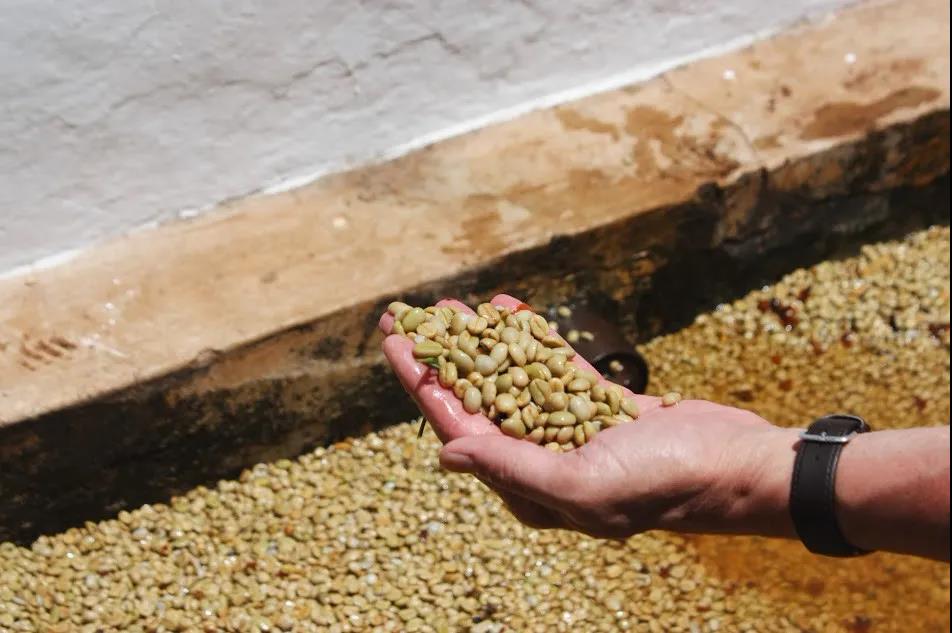
Water washing, translated in Washed Process, also known as water washing process, is a traditional way to treat raw coffee beans. Generally speaking, the steps of washing include flotation, removal of pulp, removal of pectin by fermentation, washing or soaking, drying and peeling to get the coffee beans we need. The step of washing not only greatly reduces the defect rate of coffee beans and stabilizes the quality of raw beans, but also retains the flavor of beans themselves, with higher cleanliness, and can better show the regional flavor of the producing area, so it is a favorite way of coffee treatment in Qianjie. Almost every producing area on the Qianjie bean list retains batches of washing treatment.
The steps of washing
All the treatments are to get the raw bean part of the coffee fruit, scrape off the pulp, pericarp, pectin layer and so on. Traditionally, the most common treatment is solarization and washing. With the increasing demand in the market or due to local conditions, producers have derived a lot of novel post-processing methods on these two treatments, such as honey treatment and wet planing. Water washing is a way of using water resources to deal with coffee fruit. The producing area where the water washing method is used must build a washing pool and be able to introduce an endless supply of running water, and the production cost will be higher than that of the sun.
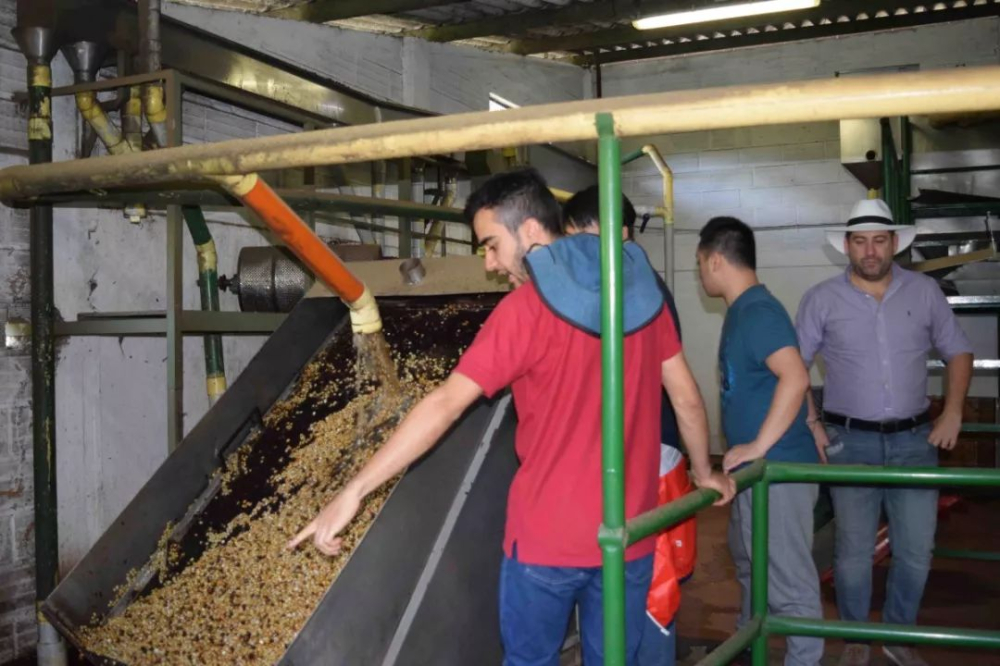
Coffee fruits are sent to be processed immediately after picking, usually within 6 to 12 hours after picking. The coffee fruit is first weighed and then soaked in water in order to select the fruit that floats because of its poor quality. The coffee fruit is then sent to a beater for peeling, a step to remove the skin and pulp from the coffee fruit.
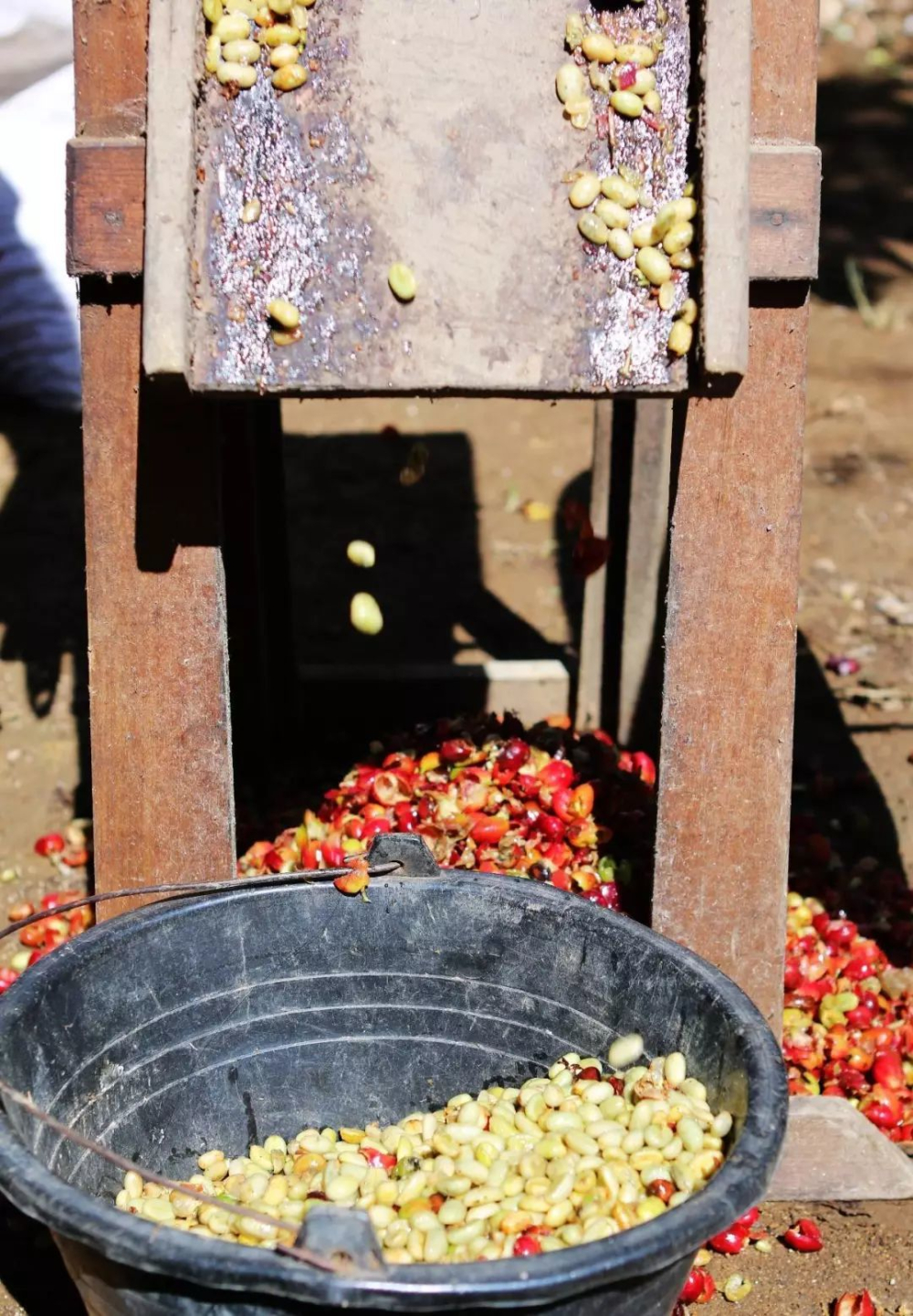
Washed coffee beans are sorted to remove defective coffee beans. Then it will be sent to the drying place (tarpaulin, cement floor, high bed, etc.) for drying treatment. Drying treatment will be based on the environment and climate and other factors to determine the length of time, usually ranging from 5 to 14 days. At this point, the water content of coffee beans will drop from 55% to 11%. Dried coffee beans are called shelled beans-raw coffee beans with sheep skin. The shell beans will be sent to the warehouse for preservation and will be shelled before export. Advantages of washing method
The most traditional treatment is the sun treatment, the coffee fruit drying away is the coffee beans, but the disadvantage of the sun treatment is that it is highly dependent on the weather, requiring up to a month of drying time, this month has a windy and rainy time, all previous efforts will be wasted. In the past, even many bad handlers were allowed coffee beans to get moldy in the rain, and the quality was of course low. So in fact, the climate of most producing areas can not meet the demand for production capacity and quality. For example, Indonesia was primarily sun-treated at first, but Indonesia was humid and rainy, and later, even half-sun in Brazil could not adapt to local conditions. and then produced the unique wet planing method.
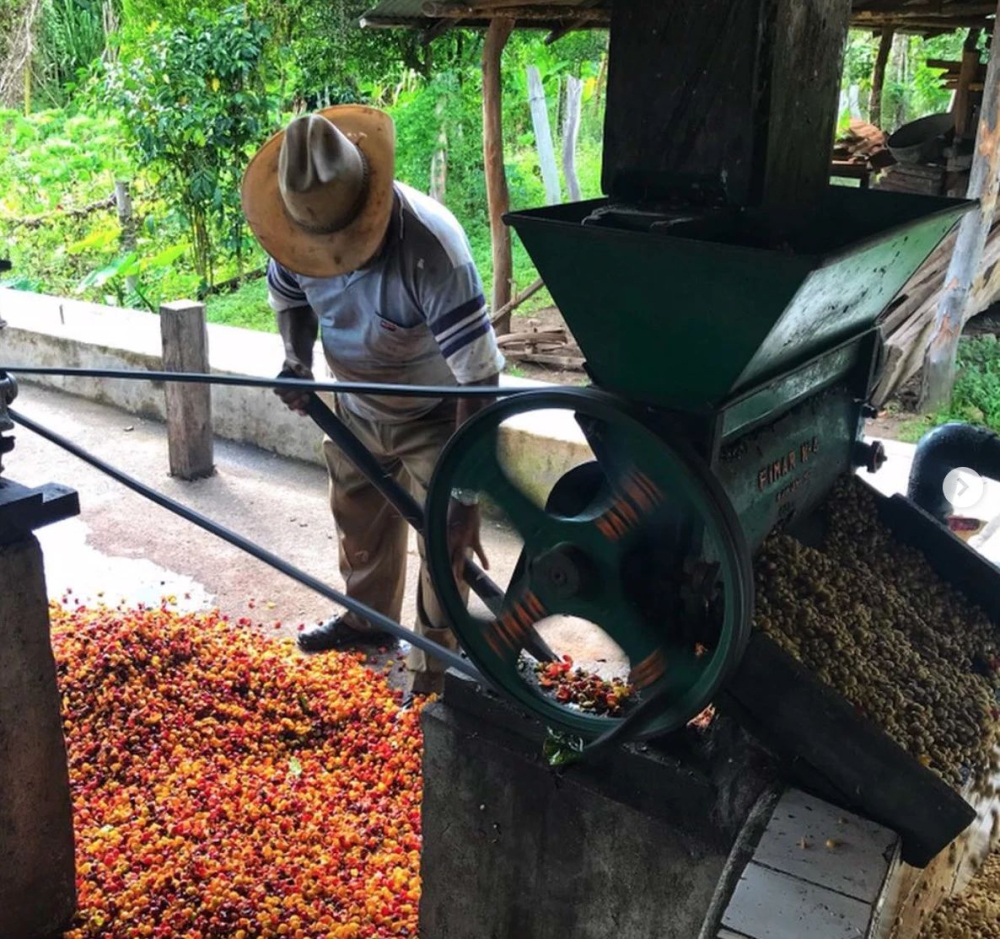
The characteristic of washing treatment reduces the dependence on weather in the production process. The drying time is short, the quality is stable, and the defect rate is much lower than that of traditional solarization. Almost most American coffee producing countries are mainly washed, such as Colombia, Panama, Guatemala, Honduras and so on.
Qianjie coffee often describes that the taste of washed coffee is very clean and highly acidic. Unlike the fullness of sun-cured coffee, coffee grown at high altitude is more delicate and refreshing when washed. For example, the washed green standard rose summer coffee beans in Qianjie Jade Manor show the acidity of citrus, the middle part of nuts, the delicate white flower aroma that runs through the whole, and the aftertaste of oolong tea.
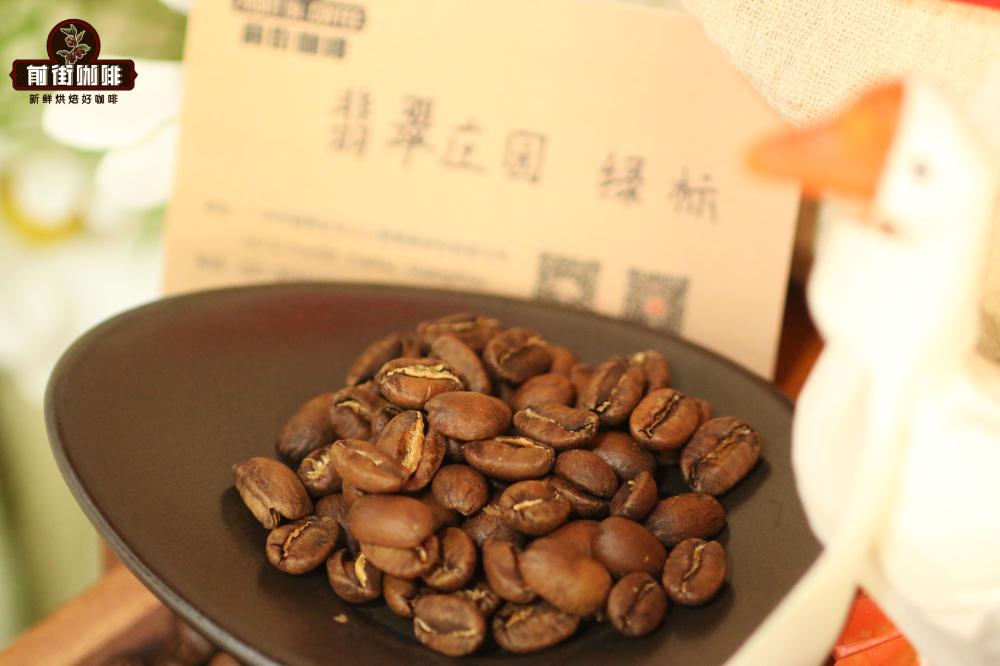
The biggest disadvantage of washing is that it needs a lot of water resources. at the same time, in the process of washing, the pectin attached to coffee bean parchment will be washed into the water, which will turn the water into highly acidic "sewage". Directly discharged into the surrounding fields will destroy the soil, although it can be filtered and purified through some post-positioned sewage treatment tanks / facilities. However, most small farmers do not have the awareness and ability to build these sewage treatment facilities, so the traditional washing treatment method, although the coffee flavor is very clean and bright, but the environment also bears a lot of pressure.
Therefore, large estates will use advanced equipment to reuse the discharged water sources in the mode of water circulation. For example, Clifton Manor, which produces the No. 1 coffee beans in the Blue Mountains of Jamaica, has set up a sewage treatment plant. The water used for bean treatment is used for agricultural irrigation, and the peel is fermented into organic fertilizer for flower culture.
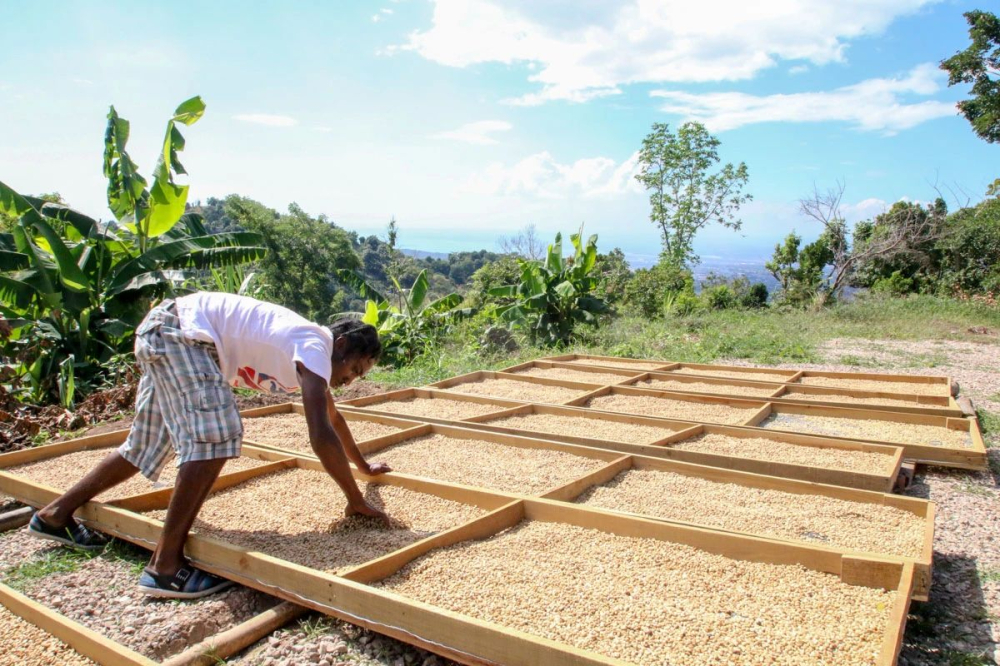
With the diverse needs of the market, some estates began to launch a small number of sun batches of Blue Mountain, but Qianjie believes that the blue mountain treated with water is the most classic blue mountain flavor, if you taste it for the first time, it is also recommended to start with washed coffee beans. The washed Blue Mountain No. 1 coffee tastes like dark chocolate, caramel sweetness, soft and elegant acidity, each taste balanced, smooth and mellow, with a very typical Blue Mountain flavor.
Professional coffee knowledge exchange more coffee bean information please follow the coffee workshop (Wechat official account cafe_style)
For more boutique coffee beans, please add private Qianjie coffee on Wechat. WeChat account: qjcoffeex
Important Notice :
前街咖啡 FrontStreet Coffee has moved to new addredd:
FrontStreet Coffee Address: 315,Donghua East Road,GuangZhou
Tel:020 38364473
- Prev
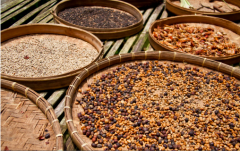
What is Natural Process for Solar treatment? What are the advantages and disadvantages?
Professional baristas Please follow the Coffee Workshop (official Wechat account cafe_style) before the coffee drinking habit began, Arabs have been using the sun method to treat coffee, which is the oldest method of coffee fruit treatment, and is mostly suitable for areas with plenty of sun. Flavor: soft acidity, rich layers, obvious sweetness, good quality sun beans will have fruit flavor
- Next
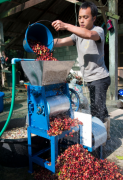
What is the semi-washing method? what is the difference between Semi-Washed Process and water washing?
Communication of professional baristas Please pay attention to Coffee Workshop (Wechat official account cafe_style) compared with the more traditional water washing treatment, semi-washing is an improved treatment, which is very similar to water washing, except that the pectin removal process by fermentation is replaced by a machine, so it takes less time. Flavor presentation: between water washing and sun washing, a little sweeter than water washing
Related
- What is the meaning of lactic acid fermentation with coffee bean treatment?
- How to judge the state of foam by sound?
- How does the latte pull out the unicorn pattern? Come to get for a little trick to improve the flower pull!
- Will flower pulling affect the taste of the latte?
- Do you know the history of coffee?
- The difference between honey treatment and sun washing what is raisin honey treatment?
- What kind of milk can a novice use to make coffee foam to keep the foam longer? The correct method and skills of milking tutorial sharing
- Why do washed coffee beans taste sour? Flavor characteristics of washed Coffee
- Introduction to the skill of how to practice the size and height of water injection around the circle of hand-brewed coffee
- How do beginners practice coffee flower drawing from scratch?

